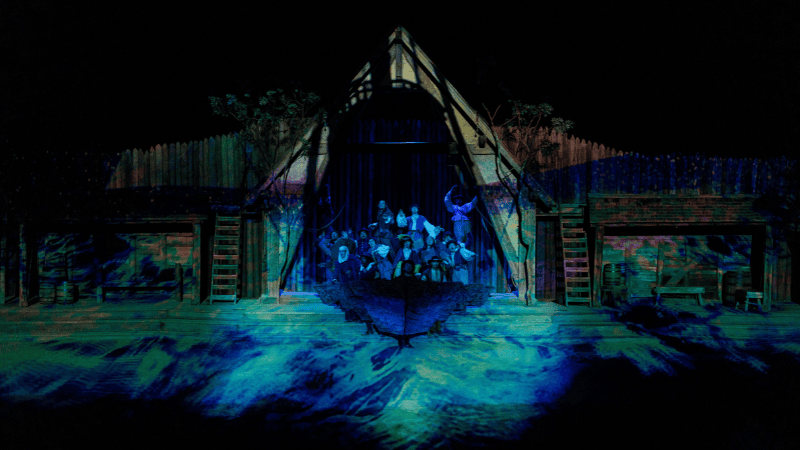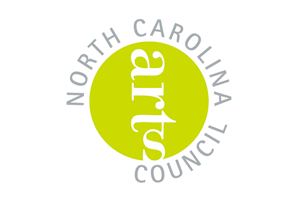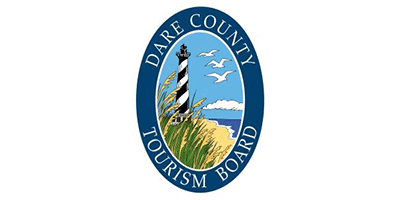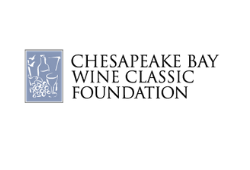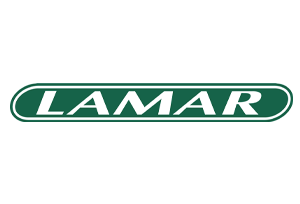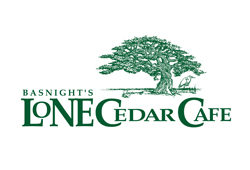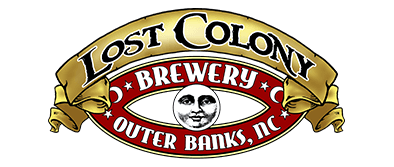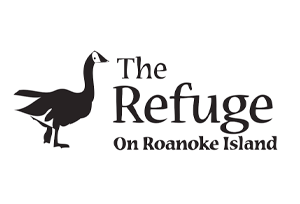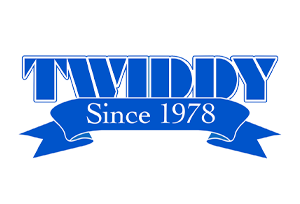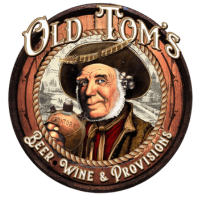Roanoke Voyages
In 1584, explorers Philip Amadas and Arthur Barlowe were the first known Europeans to set eyes on the island. They had been sent to the area by Sir Walter Raleigh with the mission of scouting the broad sounds and estuaries in search of an ideal location for settlement. Barlowe wrote glowing reports of Roanoke Island, and when the explorers returned to England a year later with two Natives, Manteo and Wanchese, all of London was abuzz with talk of the New World’s wonders.
Queen Elizabeth, impressed with the results of the reconnaissance voyage, knighted Raleigh as a reward. The new land was named “Virginia” in honor of the Virgin Queen, and the next year, Raleigh sent a party of 100 soldiers, miners and scientists to Roanoke Island.
Under the direction of Ralph Lane, the garrison was doomed from the beginning. They arrived too late in the season for planting, and supplies were dwindling rapidly. To make matters worse, Lane, a military captain, alienated the neighboring Roanoke Indians, and ultimately sealed the fate of English colonization on Roanoke Island by murdering their chief, Wingina.
By 1586, when Sir Francis Drake stopped at Roanoke after a plundering expedition, Lane and his men had enough. They abandoned the settlement and left behind a fort, the remains of which have never been located. Ironically, two supply ships from England arrived at Roanoke less than a week later. Finding the island deserted, the leader of the second ship left behind about 15 of his men to hold the fort and returned to England.
Raleigh was angry with Lane but not deterred from his mission. He recruited 117 men, women and children for a more permanent settlement, and appointed John White governor of the new “Cittie of Raleigh”. Among the colonists were White’s pregnant daughter, Eleanor Dare, his son-in-law Ananias Dare, and the Indian chief Manteo, who had become an ally during his stay in Britain.
Raleigh had since decided that the Chesapeake Bay area was a better site for settlement, and he hired Simon Fernandes, a Portuguese pilot familiar with the area, to transport the colonists there. Fernandes, however, was by trade a privateer in the escalating war between Spain and England. By the time the caravan arrived at Roanoke Island in July, 1587, to check on the 15 men left behind a year earlier, he had grown impatient with White and anxious to resume the hunt for Spanish shipping. He ordered the colonists ashore on Roanoke Island.
Raleigh decided that the Chesapeake Bay area was a better site for settlement.
The colonists soon learned that Indians had murdered the 15 men and were uneasy at the prospect of remaining on Roanoke Island. But Fernandes left them no choice. They unloaded their belongings and supplies and repaired Lane’s fort. On August 18, 1587, Eleanor Dare gave birth to a daughter she named Virginia, thus earning the distinction of being the first English child born on American soil. Ten days later, Ferndades departed for England, taking along an anxious John White, who hesitantly decided to return to England for supplies. It was the last time he would ever see his family.
Upon his arrival in Britain, White found himself trapped by the impending invasion of the Spanish Armada. Finally, two years after the stunning defeat of the Armada, he again departed for Roanoke Island. He arrived on August 18, 1590–his granddaughter’s third birthday–and found the Cittie of Raleigh deserted, plundered, and surrounded “with a high pallisado of great trees, with cortynes and flankers, very fort-like”. On one of the palisades, he found the single word “CROATOAN” carved into the surface, and the letters “CRO” carved into a nearby tree.
White knew the carvings were “to signifie the place, where I should find the planters seated, according to a secret token agreed upon betweene them and me at my last departure from them…for at my coming away, they were prepared to remove 50 miles into the maine”. He had also instructed the colonists that, should they be forced to leave the island under duress, they should carve a Maltese cross above their destination. White found no such sign, and he had every hope that he would locate the colony and his family at Croatoan, the home of Chief Manteo’s people south of Roanoke on present-day Hatteras Island.
Before he could make further exploration, however, a great hurricane arose, damaging his ships and forcing him back to England. Despite repeated attempts, he was never able to raise the funding and resources to make the trip to America again. Raleigh had given up hope of settlement, and White died many years later on one of Raleigh’s estates, ignorant to the fate of his family and the colony.
The 117 pioneers of Roanoke Island had vanished into the great wilderness.

